MAJOR ELEMENT ANALYSIS OF EZEAKU SANDSTONES OUTCROPING AT ABINI, CROSS RIVER STATE, NIGERIA
DOI: 10.23977/geors.2022.050101 | Downloads: 26 | Views: 2165
Author(s)
Edirin Akpofure 1, Felix D. Akori 1
Affiliation(s)
1 Department of Geology, Niger Delta University, Wilberforce Island, Bayelsa State, Nigeria
Corresponding Author
Edirin AkpofureABSTRACT
The samples from Amasiri Sandstone outcropping at Abini were studied and subjected to XRF analysis to determine the elemental constituents of the rock in order to infer maturity, degree of weathering, paleotectonic setting of the Sandstone. The elemental concentrations were presented as oxides in percentages which were used in normative calculations to achieve results. The results show that the dominant oxide in the Sandstone; CaO, along with MgO and Na2O correlate negatively with SiO2. This indicates CaO and MgO enrichment against SiO2, which is corroborated by the calculated mild level of calcification for the sediment which ranges from 4.31 to 10.06 with an average of 6.39. The negative correlation of Na2O with SiO2, also show enrichment of Na2O which could be predicated on the abundance of Na2O in source rock and minimal chemical weathering due to proximity of source rock. The SiO2/Al2O3 ratio of the studied sediment ranges from 1.89 – 2.89 with an average of 2.42, while that of the K2O/Na2O ratio for the sandstone range from 0.08 to 0.50. The maturity indices using the SiO2/Al2O3 and K2O/N2O ratios and weathering parameters: CIA, CIW and MIA all indicate that the Sandstone is immature, formed in an arid climate and has not gone through intense weathering to enable silica enrichment and feldspars depletion. The ICV values of the sandstone are > 1; they range from 4.58 to 10.88, signifying the Sandstone is immature and is not from a cratonic basin. In the K2O/Na2O ratio versus SiO2 plot, the sediments plot in the Oceanic island arc tectonic setting.
KEYWORDS
Weathering, Maturity, Bulk Chemical Analysis, Oxide ratio, Source rockCITE THIS PAPER
Edirin Akpofure, Felix D. Akori, MAJOR ELEMENT ANALYSIS OF EZEAKU SANDSTONES OUTCROPING AT ABINI, CROSS RIVER STATE, NIGERIA. Geoscience and Remote Sensing (2022) Vol. 5: 1-10. DOI: http://dx.doi.org/10.23977/geors.2022.050101.
REFERENCES
[1] Akpofure, E. and Egai, A.O. (2022) Ezeaku Formation Calcarenaceous Sandstone Facies At Ibini, Cross River State. European Journal of Environment and Earth Sciences, ISSN (Online): 2684-446X (under production)
[2] Short, K.C. and Stauble, A.J. (1967) Outline of Geology of Niger Delta. Bulletin, American Association of Petroleum Geologists, Vol. 54, no. 5, p. 761-779.
[3] Umeji, O.P. (1984) Ammonite Palaeoecology of the Ezeaku Formation, Southeastern Nigeria. Journal of Mining and Geology.,v.21, pp. 55-59.
[4] Akpofure, E. and Didei, I. (2018) Sedimentology of the Turonian Ezeaku Sandstone in the Afikpo Basin, Nigeria. International Journal Geology and Mining 4(2): 211-223.
[5] Petters, S.W. (1980) Biostratigraphy of Upper Cretaceous Foraminifera of the Benue Trough, Nigeria. Journ. Forams. Research, 10, 191 – 204
[6] Murat, R.C. (1972) Stratigraphy and Paleogeography of Cretaceous Lower Tertiary in Southern Nig. African Geol. T.F.J. Dessauvagie and M.D. Whiteman (Ed), university of Ibadan press 251-268.
[7] Amajor, L.C. (1987) The Eze-Aku Sandstone Ridges (Turonian) of Southeastern Nigeria: A re- interpretation of their Depositional Origin. Nigerian Journal of mining and Geology, 23 (1&2), 19-26
[8] Nwajide, C.S. (2013) Geology of Nigeria’s Sedimentary Basins. Lagos: CSS Press.
[9] Peters, S.W., Nyong, E.E., Akpan, E.B., and Essien, N.U. Lithostratigraphic Revision for the Calabar Flank, SE Nigeria. In Proc. of the 31st Ann. Conf. of NMGS
[10] Roser, B. P. and Korsch, R. J. (1986) Determination of Tectonic Setting of Sandstone-Mudstone Suites Using SiO2 Content and K2O/Na2O ratio: Journal of Geology, v. 94, no. 5, p. 635-650.
[11] Roser, B.P., Cooper, R.A., Nathan, S. and Tulloch, A .J. (1996) Reconnaissance Sandstone Geochemistry, Provenance, and Tectonic Setting of the Lower Paleozoic Terrains of the West Coast and Nelson, New Zealand. New Zealand. J. Geol. Geophys., 39: 1-16
[12] Suttner, L.J. and Dutta, P.K. (1986) Alluvial Sandstone Composition and Paleoclimate. L. Framework mineralogy. Journal of Sedimentary Petrology, Vol. 56: p. 329-345. http://dx.doi.org/10.1306/212f8909-2b24- 11d7-8648000102c1865d
[13] Gill, S. and Yemane, K. (1996) Implications of a Lower Pennsylvanian Ultisol for Equatorial Pangean Climates and Early, Oligotrophic, Forest Ecosystems. Geology, Vol. 24: No. 10, p. 905-908.
[14] Cox, R., Lowe, D.R., and Cullers, R.L. (1995) The Influence of Sediment Recycling and Basement Composition on Evolution of Mudrock Chemistry in the Southwestern United States: Geochimica et Cosmochimica Acta, Vol. 59, 2919–2940.
[15] Nesbitt, H.W. and Young, G.M. (1982) Early Proterozoic Climates and Plate Motions Inferred from Major Element Chemistry of Lutites. Nature 299, 7 1 5 -7 17.
[16] Harnois, L. (1988) The CIW index: A New Chemical Index of Weathering. Sedimentary Geology 55, 3 19-322.
[17] Voicu, G., Bardoux, M., Harnois, L, and Grepeau, R. (1997) Lithological and Geochemical Environment of Igneous and Sedimentary Rocks at Omai Gold Mine, Guyana, South America. Exploration and Mining Geology, 6: pp.153-170.
| Downloads: | 1063 |
|---|---|
| Visits: | 109965 |
Sponsors, Associates, and Links
-
International Journal of Geological Resources and Geological Engineering
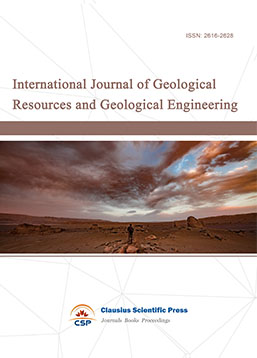
-
Big Geospatial Data and Data Science

-
Solid Earth and Space Physics

-
Environment and Climate Protection
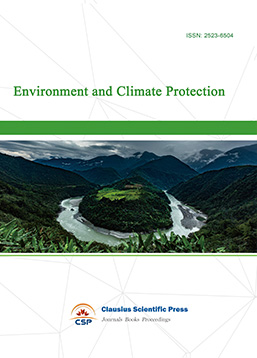
-
Journal of Cartography and Geographic Information Systems

-
Environment, Resource and Ecology Journal
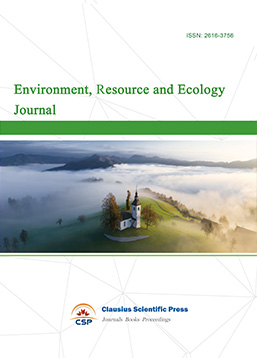
-
Offshore and Polar Engineering

-
Physical and Human Geography
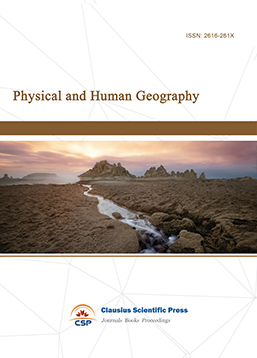
-
Journal of Atmospheric Physics and Atmospheric Environment
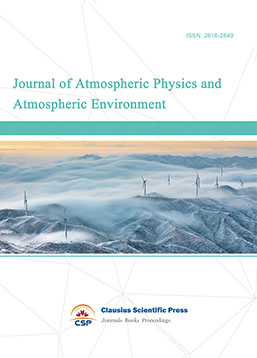
-
Trends in Meteorology

-
Journal of Coastal Engineering Research
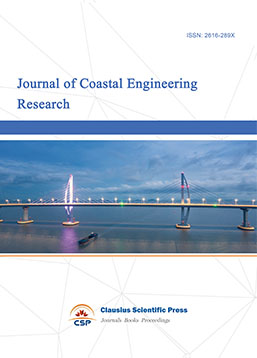
-
Focus on Plant Protection
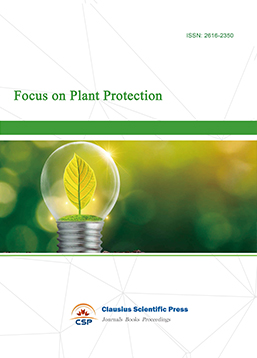
-
Toxicology and Health of Environment
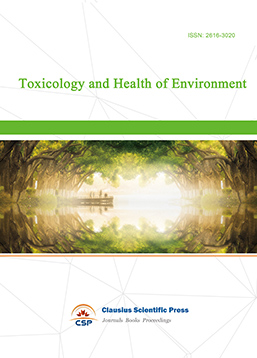
-
Advances in Physical Oceanography

-
Biology, Chemistry, and Geology in Marine
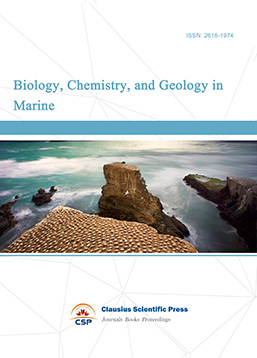
-
Water-Soil, Biological Environment and Energy

-
Geodesy and Geophysics

-
Journal of Structural and Quaternary Geology
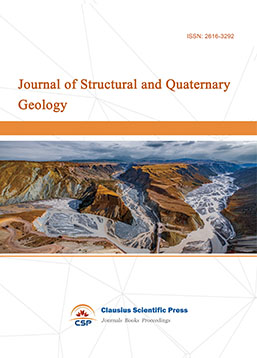
-
Journal of Sedimentary Geology

-
International Journal of Polar Social Research and Review


 Download as PDF
Download as PDF